4 Essential Birdhouse Tips to Create the Perfect Nesting Spot for Backyard Birds
Bird houses provide a vital resource for many bird species, offering them a safe place to nest, raise their young, and find shelter from predators and harsh weather. Setting up birdhouses in your yard can not only help support local bird populations but also bring the joy of birdwatching closer to home.
However, to attract birds successfully, it’s essential to choose the right birdhouse, place it properly, and follow best practices for nesting. In this guide, we’ll explore everything you need to know about birdhouses and offer tips on how to make your yard a welcoming nesting site for birds.
Table of Contents
Why Birdhouses Are Important
Birdhouses, also known as nest boxes, mimic the natural cavities that birds would typically use for nesting, such as tree holes or crevices in rocks. As natural habitats are increasingly lost due to urbanization and deforestation, providing artificial nesting sites has become more important than ever. Here’s why birdhouses are vital:
Supporting Bird Populations: Many cavity-nesting birds struggle to find suitable natural sites in modern landscapes. Birdhouses provide them with safe alternatives, helping to maintain or even boost local populations.
Protection from Predators: A well-placed birdhouse can protect birds and their young from predators like raccoons, snakes, and domestic cats. Properly designed birdhouses with predator guards make it difficult for these threats to access the nest.
Encouraging Biodiversity: By setting up birdhouses, you can attract a variety of bird species to your yard, contributing to greater biodiversity in your local ecosystem. This also enhances your birdwatching opportunities as you observe different species throughout the nesting season.
Educational Opportunities: Birdhouses provide an excellent opportunity to learn about bird behavior, nesting habits, and species identification. Watching birds build nests, lay eggs, and raise their young can be a fascinating and educational experience for both adults and children.
Choosing the Right Birdhouse
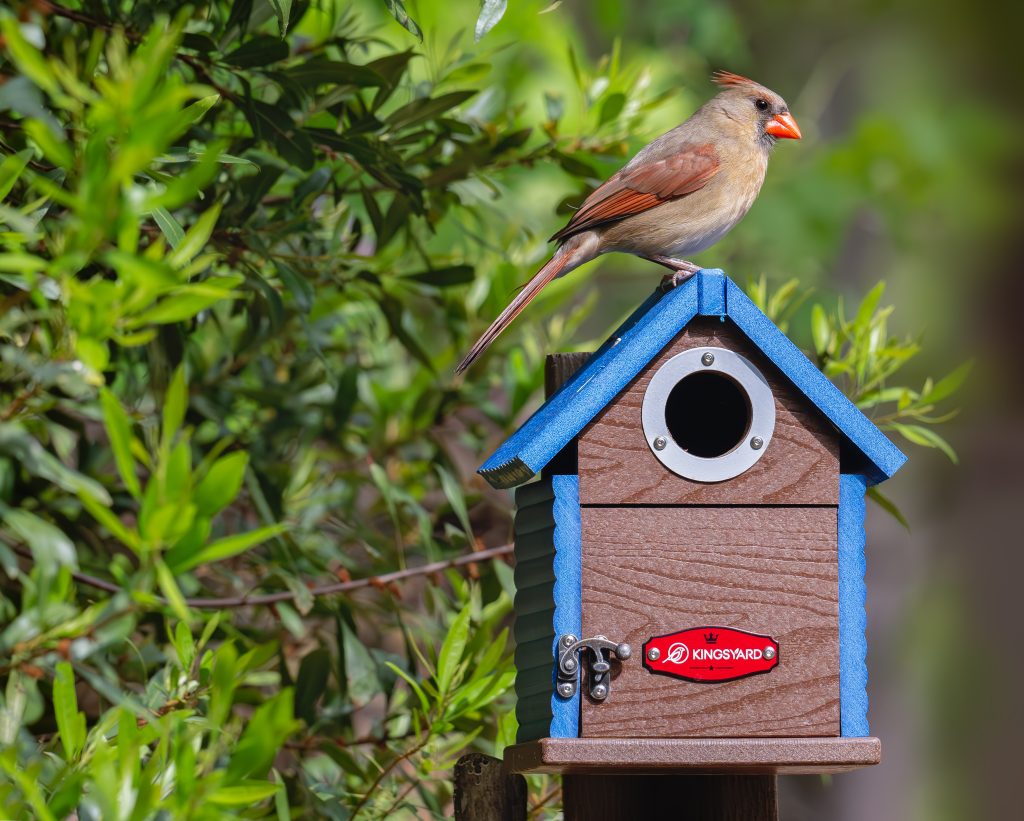
Not all birdhouses are created equal, and the type of birdhouse you choose should match the needs of the bird species you want to attract. Here are some key factors to consider:
1. Size and Dimensions
Different bird species prefer different sizes of birdhouses, particularly when it comes to the entrance hole. The size of the entrance hole is crucial, as it determines which birds can enter the house and keeps out larger, unwanted species.
Small Birds: Species like chickadees, wrens, and bluebirds prefer smaller birdhouses with entrance holes ranging from 1 to 1.5 inches in diameter.
Medium Birds: Birds like tree swallows and nuthatches prefer entrance holes around 1.5 to 2 inches.
Larger Birds: Species like woodpeckers and owls require larger birdhouses with entrance holes of 2 inches or more.
In addition to entrance hole size, consider the internal dimensions of the birdhouse. The interior should be spacious enough for the bird to build a nest and raise its young, but not so large that it loses its sense of security.
2. Material and Construction
The material and construction of a birdhouse can greatly affect its durability and attractiveness to birds.
Wood: Natural wood is the best material for birdhouses because it mimics the natural environment and provides good insulation. Cedar and pine are popular choices because they are weather-resistant and durable.
Avoid Treated Wood: Avoid using treated wood or paint on the inside of the birdhouse, as chemicals can be harmful to birds. If you paint the exterior, use non-toxic, water-based paint and choose natural colors that blend in with the surroundings.
Ventilation and Drainage: Ensure the birdhouse has ventilation holes at the top to allow heat to escape and drainage holes at the bottom to let out any water. This keeps the interior dry and comfortable for nesting birds.
Easy Access for Cleaning: Look for a birdhouse with a removable roof or side panel. This feature makes it easy to clean out the birdhouse between nesting seasons, which is essential for preventing the spread of parasites and disease.
3. Predator Guards
Predator guards are essential for protecting birds and their nests from predators. Consider adding the following features to your birdhouse:
Baffles: Install baffles on the pole or tree where the birdhouse is mounted to prevent climbing predators like raccoons and snakes from reaching the entrance.
Entrance Hole Extenders: An entrance hole extender is a small tube that extends the hole outward, making it more difficult for predators to reach inside.
Metal Plates: Installing a metal plate around the entrance hole can prevent larger animals from enlarging the hole to access the nest.
Birdhouse Placement Tips
Where you place your birdhouse is just as important as the birdhouse itself. Proper placement can increase the likelihood of attracting birds and ensure the safety and comfort of the nesting birds.
1. Height and Location
The height at which you place your birdhouse can affect which species will use it. Here are general guidelines for common bird species:
Chickadees and Wrens
5-10 feet above the ground, mounted on a tree or post in a sheltered area.
Bluebirds and Tree Swallows
4-6 feet above the ground in an open area, away from dense foliage and tall trees to reduce competition from other birds.
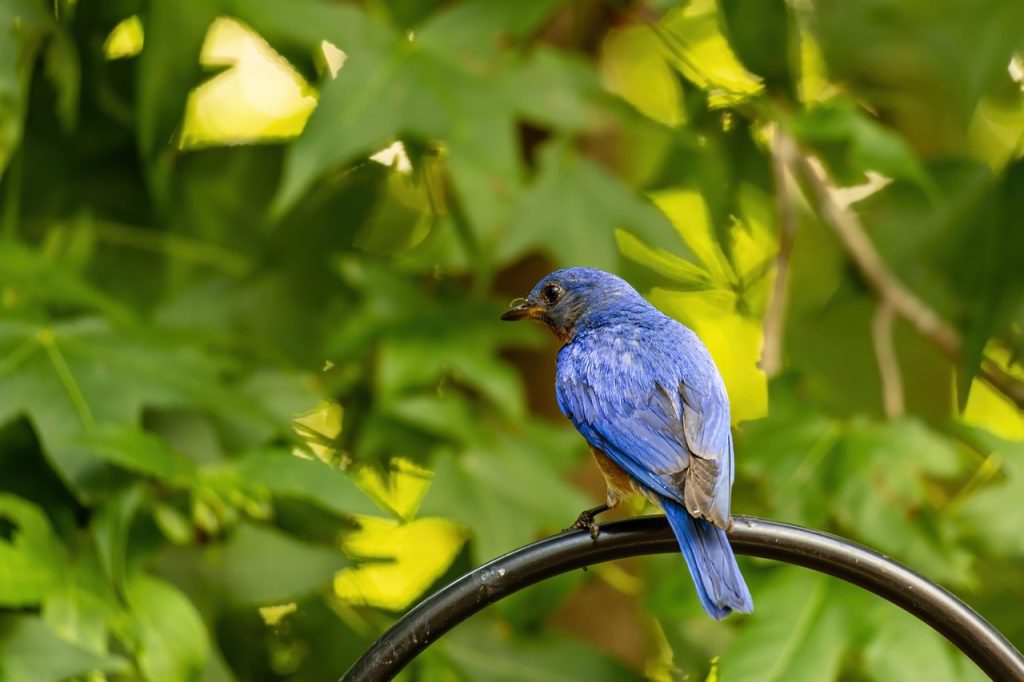
Woodpeckers
10-20 feet above the ground, mounted on a tree trunk or large branch.
Owls: 10-15 feet above the ground, placed on a sturdy tree or pole, ideally in a quiet, less trafficked area.
Ensure that the birdhouse is facing away from prevailing winds and direct sunlight. The entrance should ideally face east or southeast to catch the morning sun and stay cool during the hottest part of the day.
2. Distance from Other Birdhouses
Birds can be territorial, especially during the breeding season. To minimize conflicts, space birdhouses appropriately:
Bluebirds
Place birdhouses at least 100 yards apart, as they are very territorial.
Wrens
Wrens are less territorial and can nest closer to other birdhouses, around 10-20 feet apart.
Tree Swallows
Like bluebirds, tree swallows need space, so keep their birdhouses at least 30-100 feet apart.
If you have multiple species in your yard, place birdhouses for different species at varying heights and locations to reduce competition.
3. Protection from Predators
To protect nesting birds from predators:
Mount on Poles
Mount birdhouses on metal or PVC poles rather than trees, as these materials are harder for predators to climb.
Install Baffles
As mentioned earlier, baffles are highly effective at preventing predators from climbing poles or trees to reach the birdhouse.
Clear Surrounding Vegetation
Avoid placing birdhouses near dense shrubs or thick branches where predators can hide. Keep a clear area around the birdhouse to give birds a good line of sight to spot approaching threats.
Nesting Tips for a Bird-Friendly Yard
Beyond setting up birdhouses, there are several additional steps you can take to create a bird-friendly environment that encourages nesting.
1. Provide Natural Nesting Materials
Birds build their nests using various materials. You can help by offering natural nesting materials like:
Twigs and Small Sticks: Birds like robins and sparrows use twigs to form the foundation of their nests.
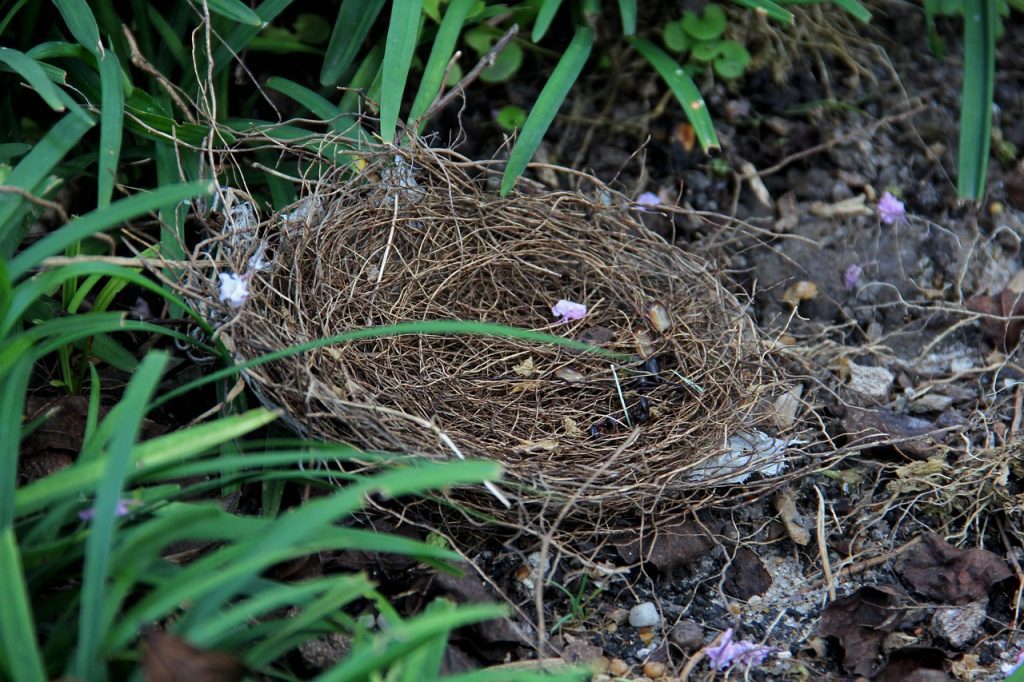
Grass Clippings and Leaves: These materials are commonly used for lining nests, providing insulation and comfort.
Animal Fur: Collect pet hair from brushing your dog or cat, and leave it in small piles or mesh bags for birds to find.
Feathers: Some birds use feathers to line their nests, providing extra insulation.
You can place these materials in an open tray or mesh bag near the birdhouses to make it easy for birds to collect what they need.
2. Plant Native Vegetation
Planting native trees, shrubs, and flowers in your yard provides birds with natural nesting sites, food sources, and shelter. Native plants are more likely to attract the insects that birds feed on and are well-suited to the local climate and soil conditions.
Trees: Oaks, maples, and pines are excellent for providing natural nesting sites and food sources.
Shrubs: Shrubs like holly, juniper, and viburnum offer cover and food, making them ideal nesting spots.
Flowers: Native flowers attract insects, which are a crucial food source for many birds during the nesting season.
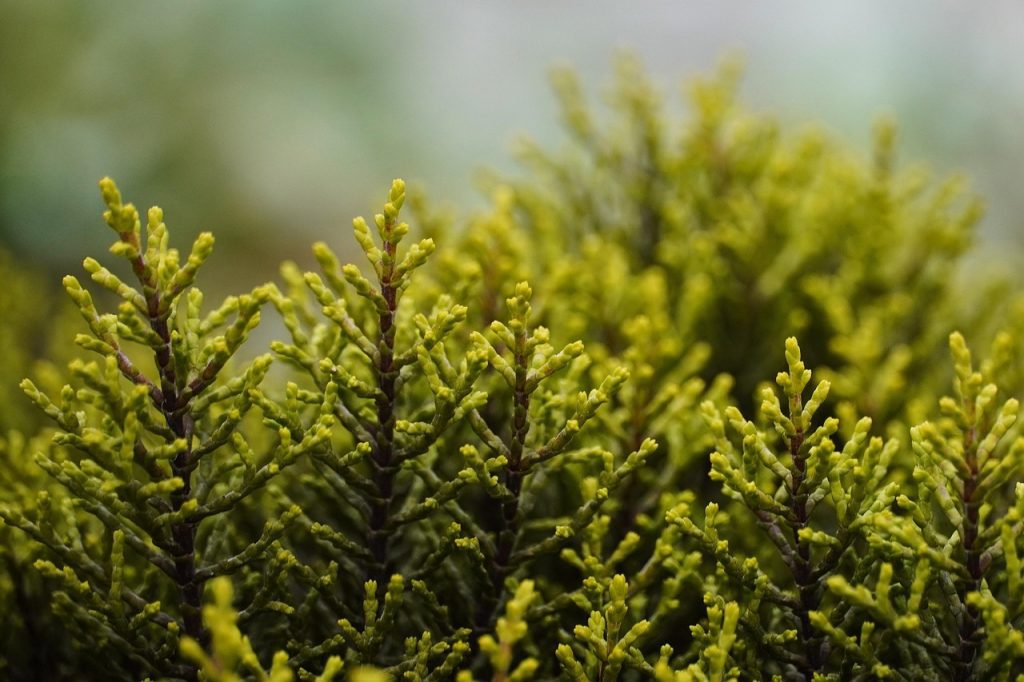
3. Offer Fresh Water
Birds need water for drinking and bathing, especially during the breeding season. Providing a clean birdbath or shallow water source near your birdhouses can make your yard even more attractive to nesting birds.
Maintenance of Birdhouses
To ensure that your birdhouses remain safe and attractive to birds, regular maintenance is essential.
Clean After Each Nesting Season: After the young birds have fledged, clean out the birdhouse to remove old nesting material, which can harbor parasites and bacteria. Use a brush and a mild bleach solution (one part bleach to nine parts water) to disinfect the interior.
Inspect for Damage: Check your birdhouses for any damage or wear. Repair or replace broken parts, such as roofs, perches, or predator guards, to keep the birdhouse in good condition.
Monitor for Occupancy: Keep an eye on the birdhouses to see if they are being used. If a birdhouse remains empty, consider moving it to a different location or adjusting the height or orientation.
Conclusion
Birdhouses are a wonderful way to support local bird populations, contribute to biodiversity, and enjoy the beauty of nature up close. By choosing the right birdhouse, placing it correctly, and following best practices for nesting, you can create a welcoming environment for a variety of bird species in your yard.
With the right setup and care, your birdhouses can become a safe and inviting home for birds, allowing you to witness the fascinating process of nest building, egg laying, and chick rearing. Whether you’re an experienced birdwatcher or a beginner, providing birdhouses and a bird-friendly environment is a rewarding way to connect with the natural world.
Happy birding! For more bird feeding tips, check here.
Ready for a better backyard birding? Shop top rated bird feeders now at kingsyard.com
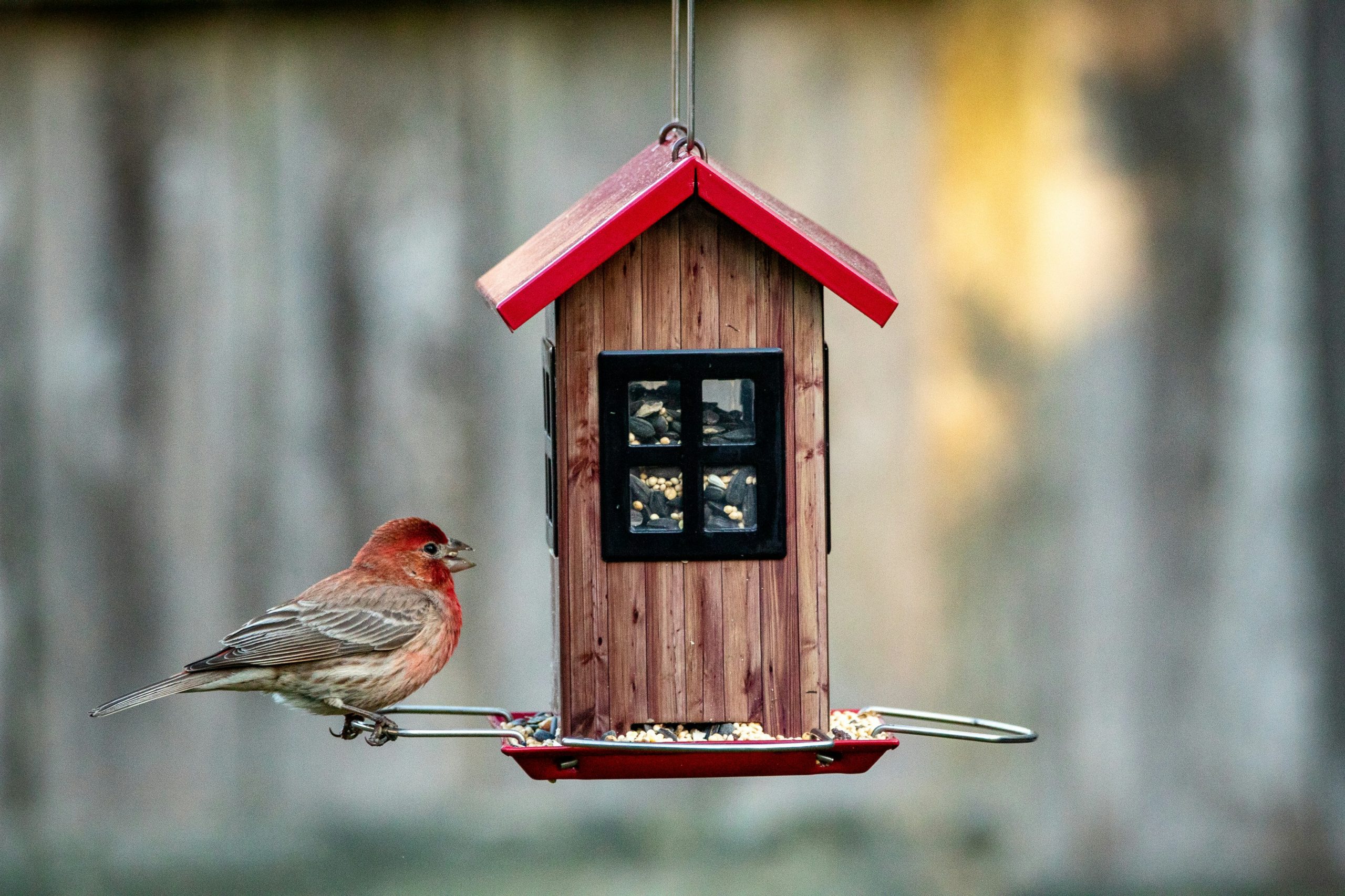
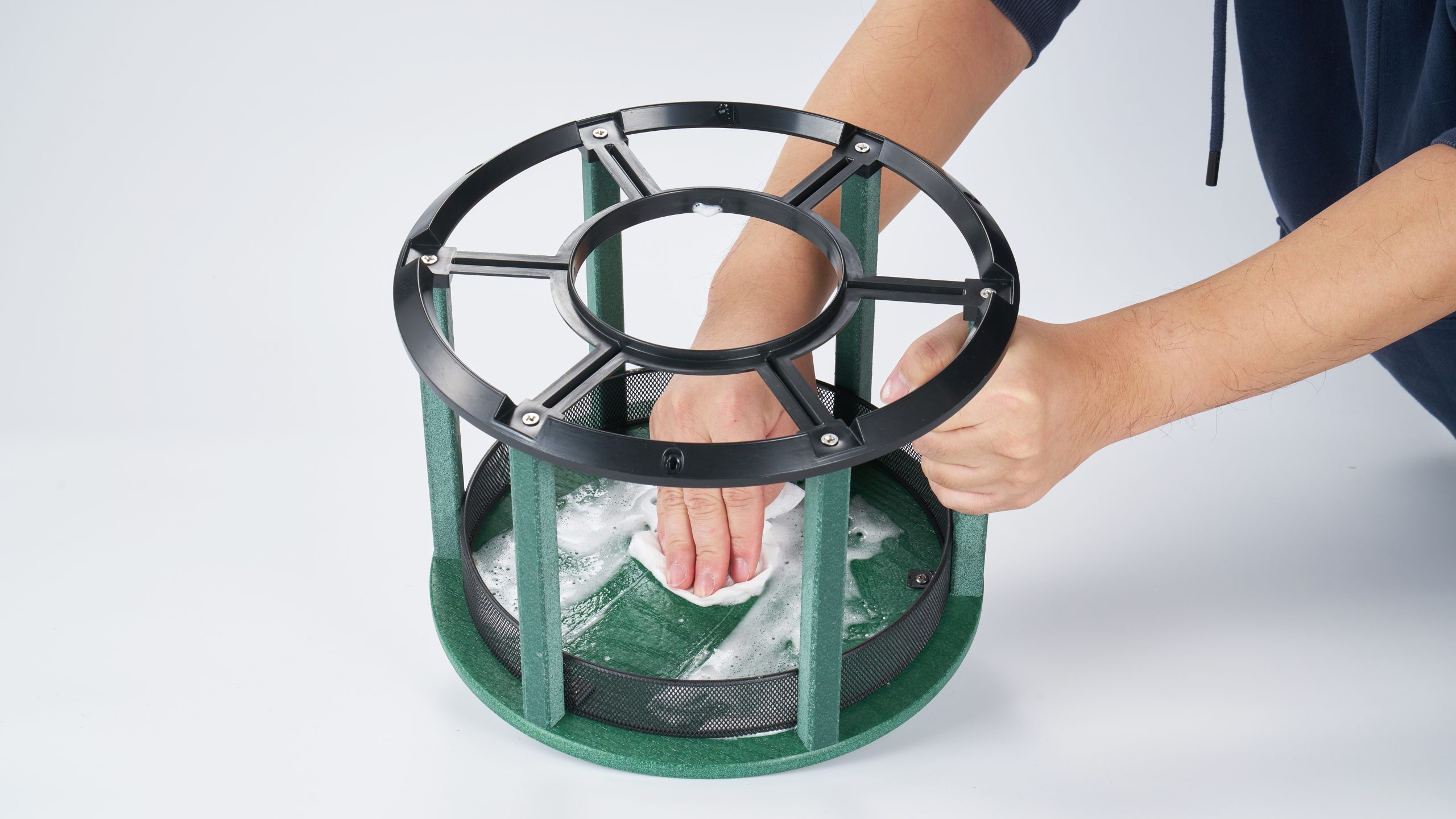

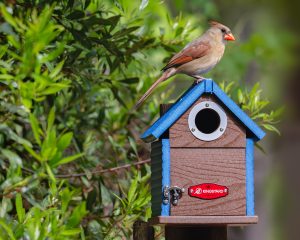
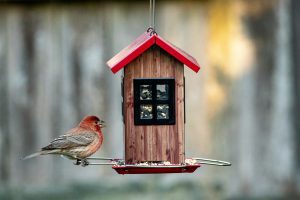

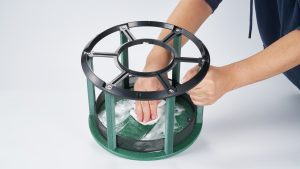
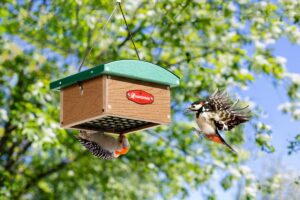
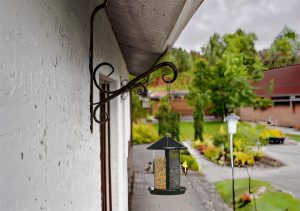
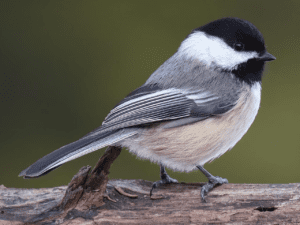
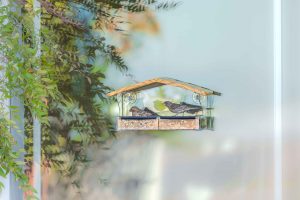
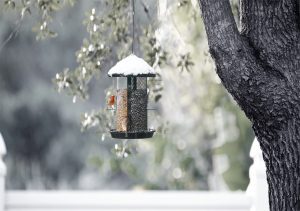

Post Comment